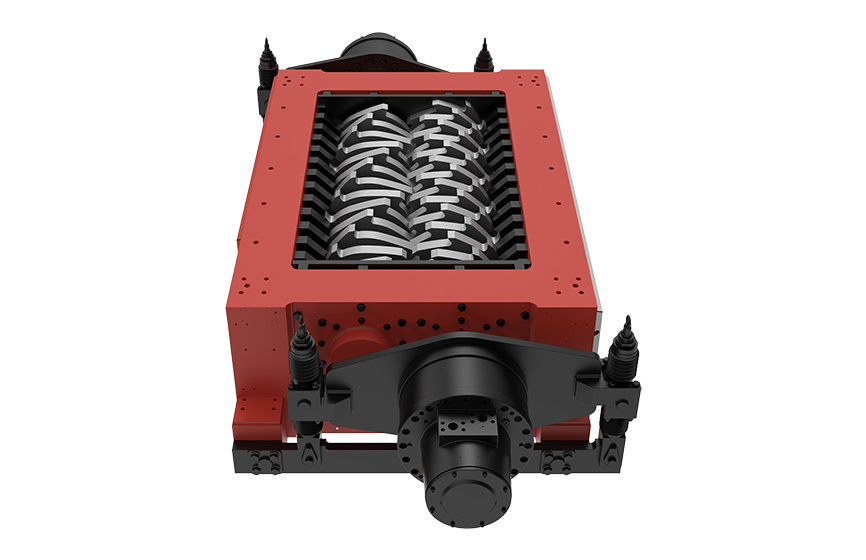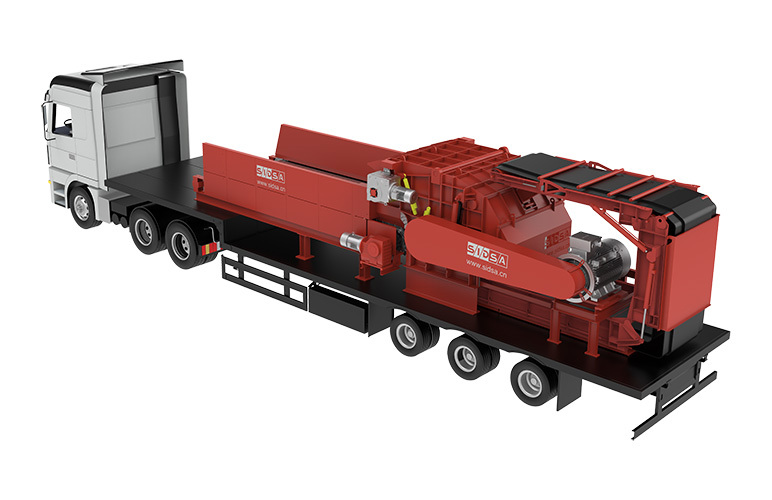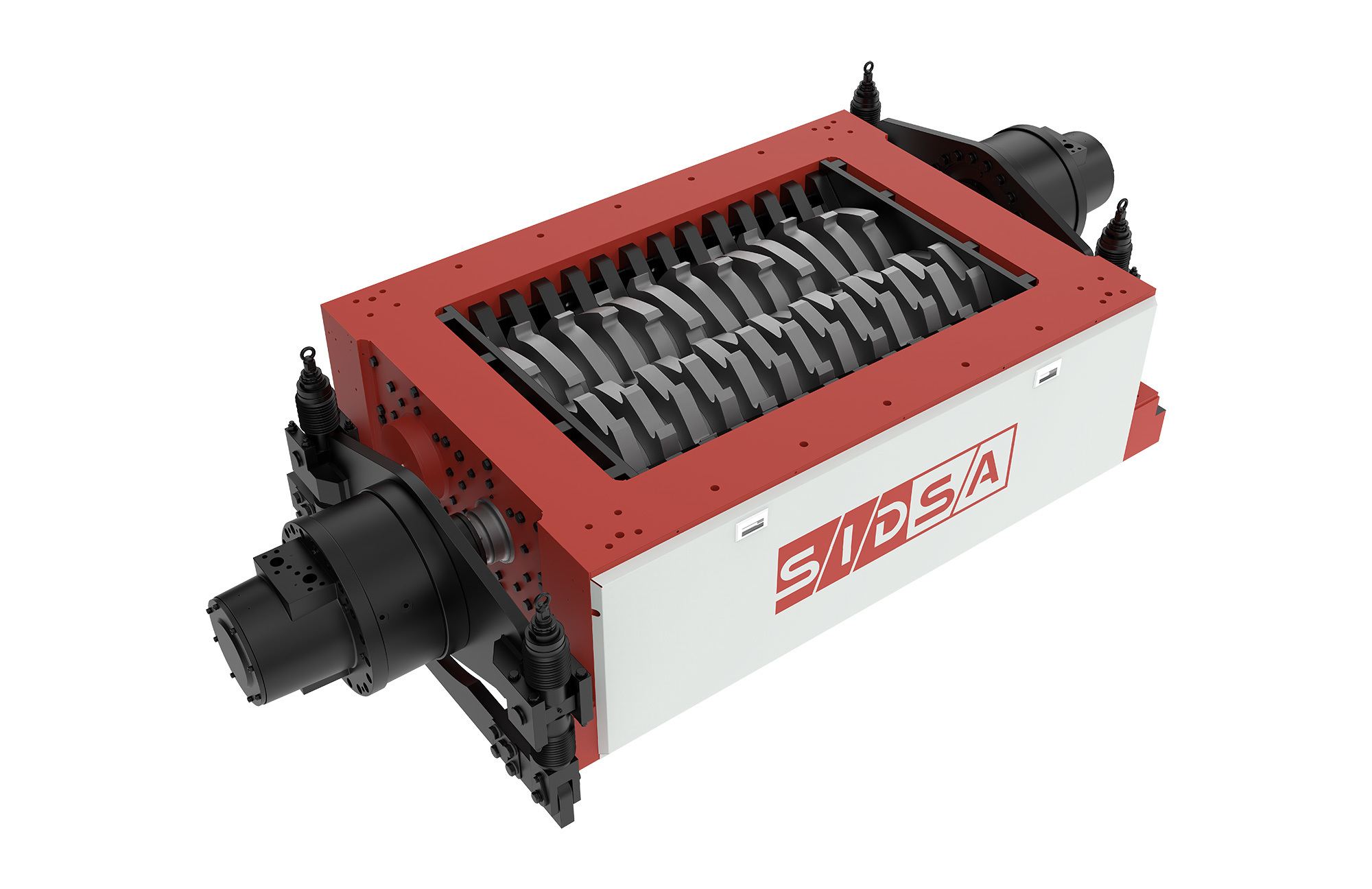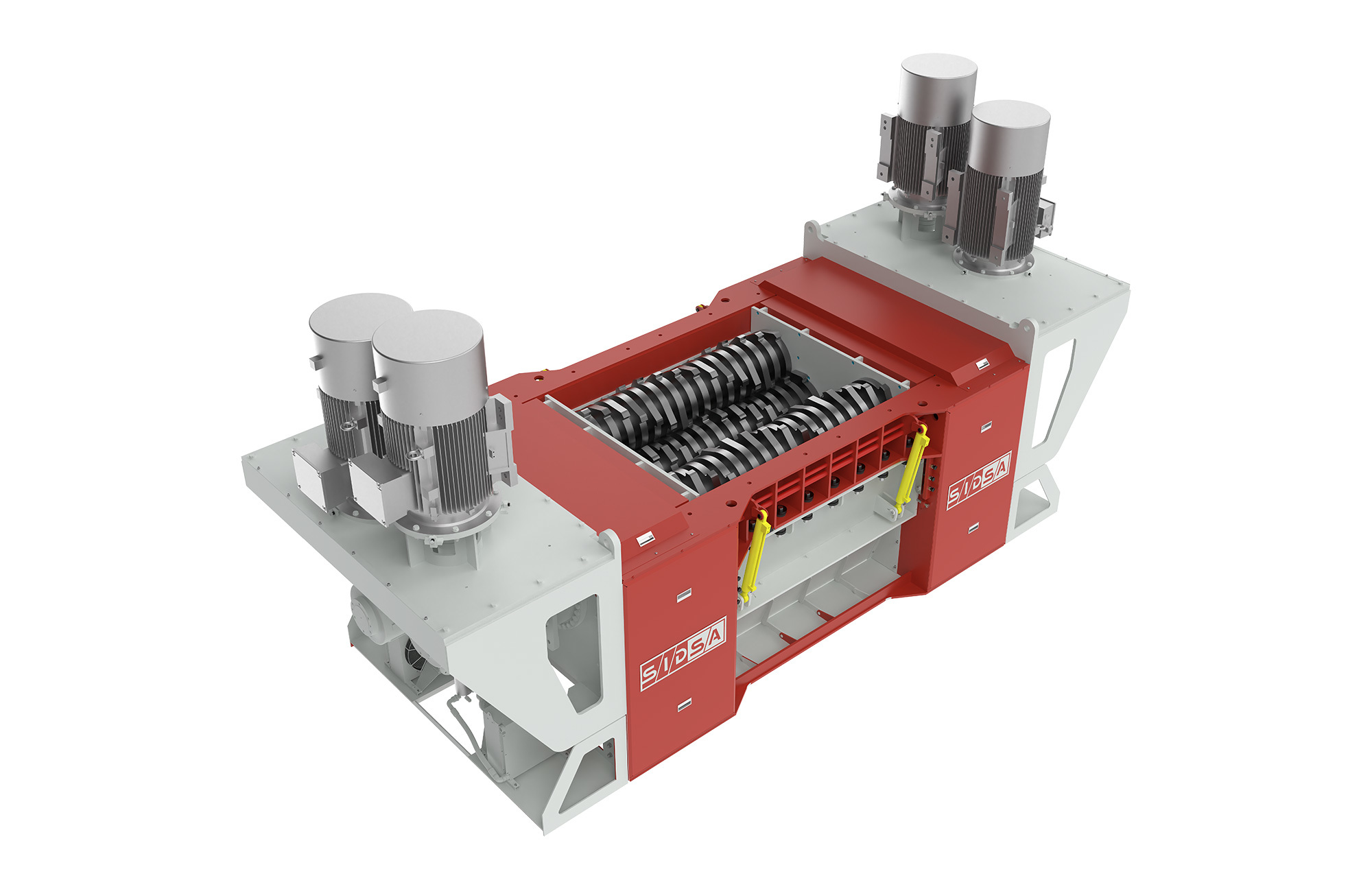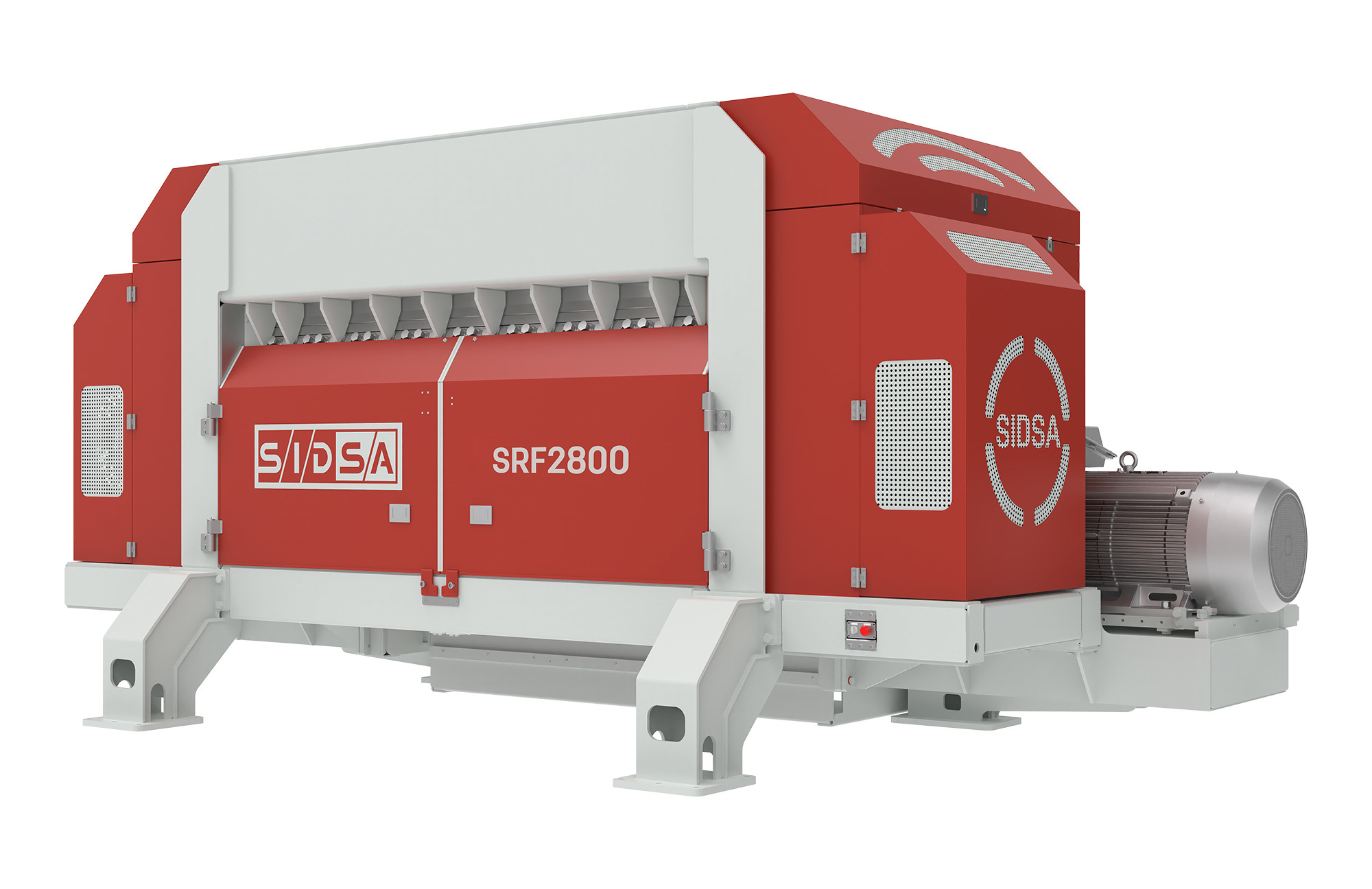Optimizing Primary Shredders for RDF Plants: Key Insights and Considerations
Release Time:
May 11,2025
In the manufacturing and processing machinery industry, particularly within the realm of shredding and sorting equipment, primary shredders play a pivotal role in the operation of Refuse-Derived Fuel (RDF) plants. These machines are designed to reduce the size of municipal solid waste (MSW) and industrial waste, ultimately facilitating a more efficient conversion process into fuel. Understanding the functionality and optimization of primary shredders is essential for ensuring maximum throughput, cost-effectiveness, and environmental compliance.
When selecting a primary shredder for RDF plants, several key factors must be taken into account. First and foremost, the type of feed material significantly influences the design and configuration of the shredder. RDF plants often process heterogeneous waste streams that may contain plastics, textiles, wood, and other materials. As such, it is crucial to choose a shredder that can handle various materials while minimizing contamination and maximizing the quality of the output.
The operational efficiency of a primary shredder is also contingent upon its cutting technology. Modern shredders often utilize different blade designs, such as single-shaft, double-shaft, or multi-shaft configurations. Each type offers unique advantages; for instance, double-shaft shredders typically provide a more consistent particle size and improved control over the shredding process. The choice of blades can significantly affect both the energy consumption of the machine and the quality of the shredded material, which directly impacts the subsequent processes in RDF production.
Maintenance is another critical aspect of optimizing primary shredders in RDF plants. Regular inspections and timely replacement of wear parts, such as blades and screens, can help maintain peak performance and prevent unexpected downtimes. Implementing a predictive maintenance schedule, aided by advanced monitoring technologies, can further enhance the reliability and longevity of shredders.
Moreover, advancements in automation and control systems have revolutionized the operation of shredders. Integrating smart technologies allows for real-time monitoring of performance metrics, enabling operators to make data-driven decisions to optimize shredding processes. This not only improves operational efficiency but also ensures compliance with environmental regulations by minimizing emissions and maximizing resource recovery.
In conclusion, primary shredders are integral to the successful operation of RDF plants. By carefully considering factors such as material type, cutting technology, maintenance practices, and automation, plant operators can enhance the performance of shredders, yielding higher quality refuse-derived fuel while also ensuring sustainable waste management practices. Understanding these elements is crucial for professionals in the manufacturing and processing machinery sectors aiming to improve their RDF plant operations.
When selecting a primary shredder for RDF plants, several key factors must be taken into account. First and foremost, the type of feed material significantly influences the design and configuration of the shredder. RDF plants often process heterogeneous waste streams that may contain plastics, textiles, wood, and other materials. As such, it is crucial to choose a shredder that can handle various materials while minimizing contamination and maximizing the quality of the output.
The operational efficiency of a primary shredder is also contingent upon its cutting technology. Modern shredders often utilize different blade designs, such as single-shaft, double-shaft, or multi-shaft configurations. Each type offers unique advantages; for instance, double-shaft shredders typically provide a more consistent particle size and improved control over the shredding process. The choice of blades can significantly affect both the energy consumption of the machine and the quality of the shredded material, which directly impacts the subsequent processes in RDF production.
Maintenance is another critical aspect of optimizing primary shredders in RDF plants. Regular inspections and timely replacement of wear parts, such as blades and screens, can help maintain peak performance and prevent unexpected downtimes. Implementing a predictive maintenance schedule, aided by advanced monitoring technologies, can further enhance the reliability and longevity of shredders.
Moreover, advancements in automation and control systems have revolutionized the operation of shredders. Integrating smart technologies allows for real-time monitoring of performance metrics, enabling operators to make data-driven decisions to optimize shredding processes. This not only improves operational efficiency but also ensures compliance with environmental regulations by minimizing emissions and maximizing resource recovery.
In conclusion, primary shredders are integral to the successful operation of RDF plants. By carefully considering factors such as material type, cutting technology, maintenance practices, and automation, plant operators can enhance the performance of shredders, yielding higher quality refuse-derived fuel while also ensuring sustainable waste management practices. Understanding these elements is crucial for professionals in the manufacturing and processing machinery sectors aiming to improve their RDF plant operations.
What Else Might You Learn?
SIDSA focuses on technological research and innovation in the field of waste pretreatment
Product
SIDSA focuses on technological research and innovation in the field of waste pretreatment








